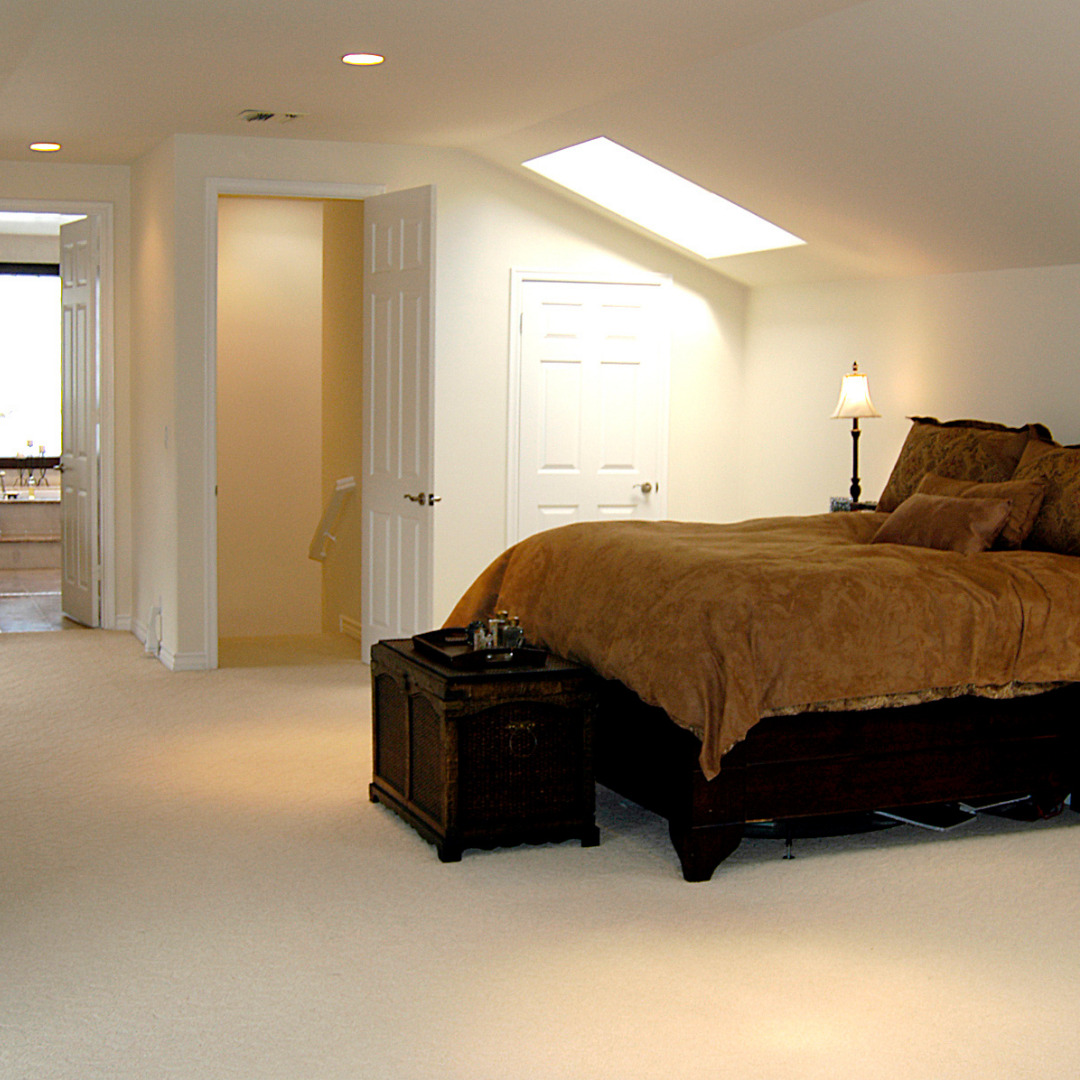

Interior designing is the art and science of enhancing the beauty of a space. It involves experimenting and exploring new ideas to create the perfect place for your client. They are just concerned with creating magic for their clients. Interior designers have no specific rules to follow, but one can always use some tricks to levitate their work. Here are some tips and tricks that can help interior designers with their work from JD Institute.
It is essential to follow a process to make this journey easier. Starting with creating a design brief can be the first step. A design brief will allow you to narrow down the elements that should be included in the project, categorize clients’ needs and wants, along the budget and time associated with the project.
Planning the look and feel of the house before the work begins is a must. Planning will include interpreting patterns, developing plans for furniture layout, and obstructing spatial areas. Interior designers need to assess the space and budget to finalize how elements can be placed in the house. It is also essential for an interior designer to understand their client’s lifestyle pattern and needs and deliver the best realistic ideas.
Once the interior designer has a picture in their mind, they need to communicate the plan with their clients. It is necessary to picture how they would fit their clients’ desired feel and aesthetic to produce a creative concept. Creating a vision in their mind would also allow the designers to have a transparent, focused approach. This will eventually make things easier and more organized, making the whole process highly comfortable for the client and interior designers.
It is always better to use sample products to represent the finalized idea in reality. This way, it would allow the client and even the interior designer to analyze whether their idea satisfies their requirements or not. If not, it would always be easier to make changes accordingly without wasting money and materials. Therefore, interior designers should have 2 samples with them. One will be a “working sample”, which will be used for reference color and texture as the project develops. Another one will stay in the master file. This sample will enable interior designers to access all necessary code and color numbers when they need them.
Usually, rooms require 3 types of lighting: general, accent, and task. Accent lighting is used to emphasize a particular product in the room. Task lighting focuses on the direction and adjustments, such as study lamps. Illuminating a significant part of the client’s room with an assortment of lights and lamps fitted with dimmers is probably a good idea. Don’t forget good lighting is responsible for the excellent mood of people living in the house!
Very often, contrasting elements are placed together to enhance their intrinsic properties. As a result, the differences between the parts are highlighted and captured by the eye. This process can be complicated since the designers will also have to incorporate the clients’ needs while ensuring varied shapes, patterns, designs, and colors. However, playing with contrasting elements can be fun and intensify the home’s richness.
Keep the place elegant and straightforward! Sometimes the client might want to include many things in their space, but the interior designers need to make them understand that including a lot of elements in the house will kill the simplicity of the house. Adding too many details can also intrude on the clients’ personal space. Keep things that are necessary and functional.
Quality is the key to happiness in a new home! Select the best of all for every little thing. From the material of a rug to the dining table, everything in the house is responsible for people’s experiences and life. Good quality provides a sense of belongingness and comfort to the people. It is suggested to incorporate fabrics like linen, silk, and wool and choose furniture with wood construction.
Every minute detail can be supportive to the end strokes of designing. Therefore, all interior designers are expected to have an eye that can focus on little details and suggest details that improve the overall look. The market has numerous products that the client would like, but it is essential to ask whether a particular product meets the requirements of the client? Does it go well with the other furniture and elements? Does it suit the overall theme and atmosphere of the house? All these questions are necessary to be considered while designing.
Interior designers need to analyze a room’s overall composition and structure for balance rather than intentionally creating focal points. First, it is crucial to understand the space’s architectural features and then add or subtract things until an equilibrium is found.
The following consistency is one rule that no interior designer can let go of. If a client finalizes upon one structure, design, pattern, and color for a particular room, make sure not to design another room with an opposite composition to the earlier one. Yes, differences are appreciated, but until and unless it doesn’t ruin the livelihood of the room. So follow the theme to ensure continuity.
Don’t be in a rush to finish the project! Designing a space is a one-time job once the construction is completed, the undo button won’t be available! So take your time, go slow, be in the correct direction and complete the project. Make sure not to have any regrets once the space is ready to be used!
To conclude, interior designing is a tough job. Everything needs the correct amount of time and focus, from planning to implementation. You may find it quite tricky initially, but if you follow these tips and tricks suggested by the JD Institute, your journey will become easier and simpler.